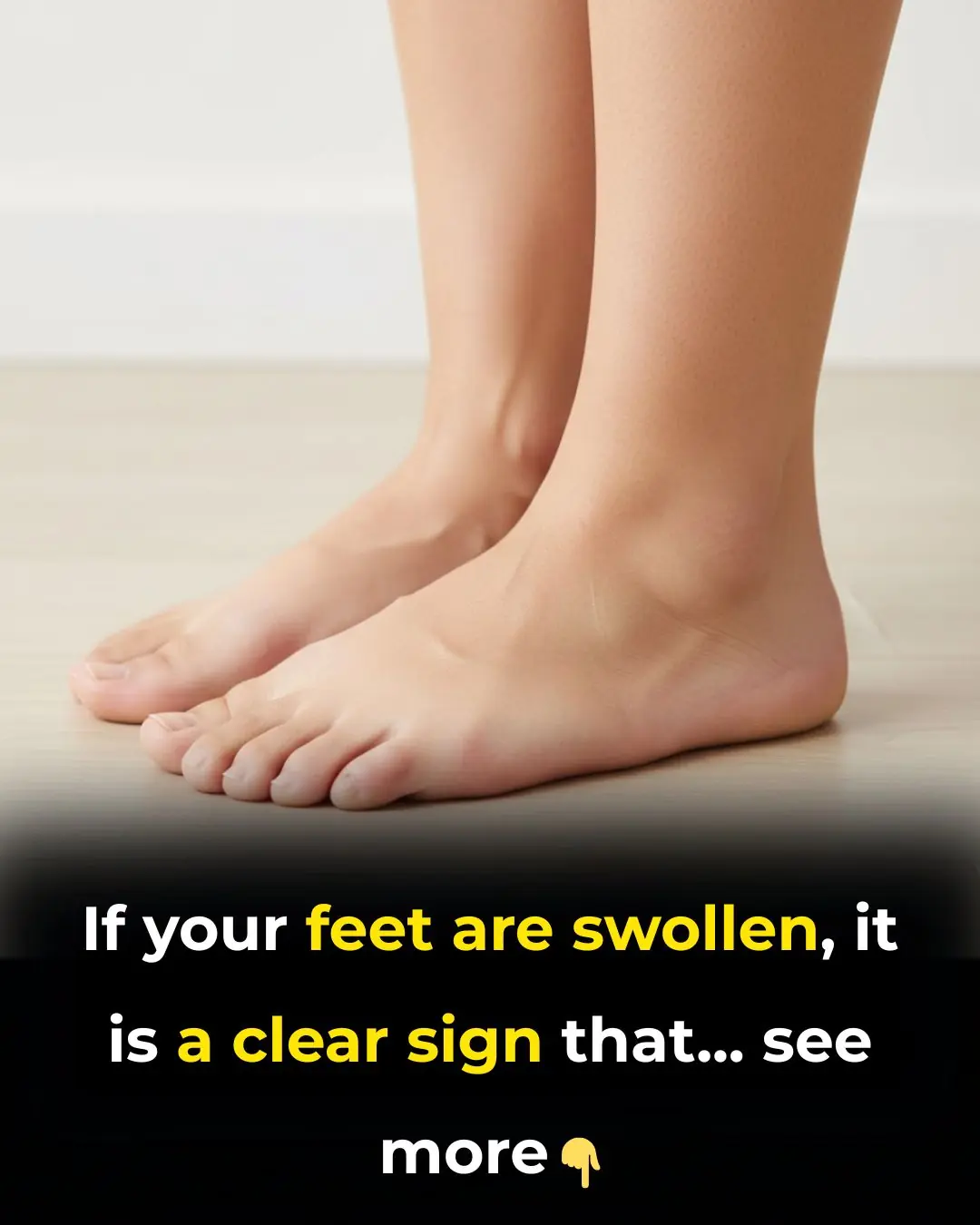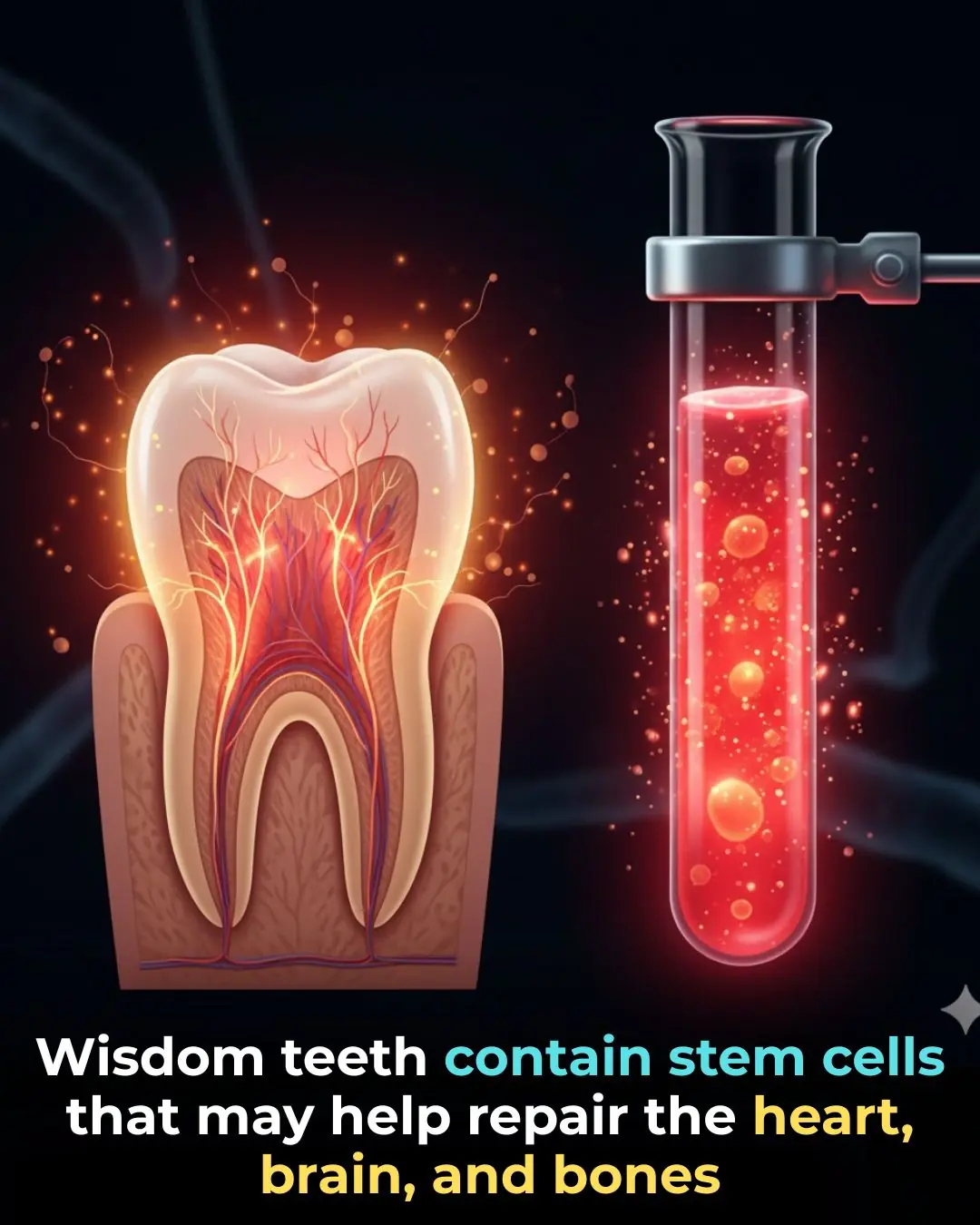
🌿 If You Have These Two “Dimples” on Your Lower Back, Here’s What They Mean

You may have spotted them on yourself — or maybe you’ve seen them on someone at the beach or in a photo.
Two subtle indentations sitting just above the buttocks, one on each side of the lower spine.
They’re often referred to as:
-
Venus dimples
-
Back dimples
-
Dimples of Venus (named after the Roman goddess of love)
And yes — many people consider them a symbol of attractiveness, symmetry, and even sensuality.
But beyond aesthetics, do these dimples actually say anything about your health, strength, or genetics?
Let’s uncover the real story behind those tiny indentations — so you can appreciate them for what they truly are: a natural feature shaped by your anatomy and written into your DNA.
Because real beauty isn’t magic or mystery.
It’s biology — and completely normal.
🔍 What Are These Dimples, Really?
These small indentations are not scars, not signs of injury, and not an indication that something is “out of place.” They’re simply surface markers of a deeper anatomical connection beneath your skin.
✅ The Real Cause: A Natural Skin-to-Bone Attachment
Back dimples — medically associated with the area around the posterior superior iliac spines (PSIS) — appear where skin is tethered slightly closer to bone.
More specifically:
-
They mark the location of the PSIS, the bony points on the back of your pelvis.
-
A small band of connective tissue runs from the pelvis to the skin above it.
-
In certain people, this creates a visible indentation.
You’re more likely to see these dimples if you have:
-
Lower body fat
-
Defined or toned lower-back muscles
-
A genetic predisposition for the skin to anchor more noticeably
💡 Think of them like belly buttons or ear shapes — unique, harmless variations in how your skin and structure naturally connect.
✅ Who Gets Them?
Back dimples can appear on anyone, regardless of gender, size, or fitness level. While they’re sometimes associated with athletic bodies, they are not exclusive to people who exercise frequently.
They tend to be more common in individuals who:
-
Have naturally lower fat distribution in the lower back
-
Possess prominent pelvic landmarks
-
Inherit the trait from parents (yes — it’s partly genetic)
-
Have naturally elastic or tightly connected skin in that region
These dimples may be subtle or highly defined. Some people have one; others have none — and all variations are completely normal.
🌱 Do They Mean Anything About Your Health?
Many myths circulate about back dimples, but here’s the truth:
-
They do not indicate superior strength or fitness.
-
They do not reflect spine alignment or posture issues.
-
They do not signal any medical problem.
However, some studies suggest that people with visible Venus dimples may have slightly better blood circulation around the pelvic area — simply because the same structural features that create the dimples can also support efficient blood flow. This isn’t guaranteed, and it doesn’t make them “healthier,” but it’s an interesting anatomical footnote.
❤️ Why People Find Them Attractive
Venus dimples have been admired across cultures for centuries. Their appeal may come from:
-
The symmetry they create on the lower back
-
The subtle outline they give to the pelvic structure
-
Their association with classical art and beauty
-
Their rarity — not everyone has them
But remember: their presence or absence says nothing about your worth, health, or attractiveness.
✨ The Bottom Line
Those two little indentations on your lower back are simply a natural anatomical variation — one shaped by bone structure, connective tissue, and genetics. Nothing more, nothing less.
Whether you have them or not, your body is doing exactly what it’s meant to do.
Beauty isn’t hidden in mystery.
It’s written in biology — and in every unique detail that makes you, you.
News in the same category


How Wisdom Teeth Could Power the Next Generation of Regenerative Medicine

This one vitamin could help stop you from waking up to pee every night

Scientists uncover how chronic stress may starve the brain of blood flow

Japan's Oldest Doctor: Can’t Sleep Through the Night? Use Garlic This Way for Deep Rest in 3 Nights

People whose mouths feel dry when sleeping at night need to know these 8 reasons

3 Mineral Waters That Can Help Remove Aluminum From The Brain

Top Signs of Iron Deficiency and How To Increase Iron Levels In Your Blood

Banish Congestion Now! The Fiery Root That Clears Lungs & Sinuses INSTANTLY

How to Get Rid of Worms in Humans (Including Parasite Cleanse Diet)

How Two Quiet Hours a Day Can Rebuild Your Brain

13 Warning Signs of High Blood Sugar and 9 Ways to Take Control of Your Health

What Are Tonsil Stones

Nerve Pain Relief? The Vitamin Deficiency You Never Suspected!

Eat More Red Onions: It Inhibits Cancer Cells, Stops Nosebleeds And Protects The Heart

7 Easy Ways To Quickly Unclog Your Lymph Nodes To Reduce Swelling And Flush Out Toxins

Top 10 Uric Acid Foods To Avoid If You Have Gout

Five “Dirtiest” Parts of the Pig That Butchers Never Take Home for Their Own Families

The Whole Family of Three Was Diagnosed With Thyroid Nodules; the Mother Collapsed: “I Thought Those Two Things Were Always Good to Eat and Could Prevent Cancer”
News Post

‘They Followed Us All the Way There’: Viral Video Shows Chicago School Kids Hunt and Ambush Mother and Her 9-Year-Old Son on Their Walk Home

Alan Carr admits it’s ‘nerve-wracking’ as he breaks silence on claims he’s ‘replacing’ Strictly hosts Tess Daly and Claudia Winkleman

Ravi kidnapped by drugs boss in early EastEnders release

🦵 Swollen Legs and Feet: Causes, Symptoms & Natural Relief Methods

Reinventing the Underground: How France’s Ancient Quarries Are Cooling Modern Cities

‘We’d Rather Throw $60K in a Club’—NBA Star J.R. Smith Confesses to Blowing Fortunes on Clubs Instead of Helping His Community

‘Doesn’t Qualify Because She’s Black’: Fans Of Angel Reese, A’ja Wilson Blast Forbes For Ranking Caitlin Clark ‘Most Powerful’ Woman Athlete In Sports

How Finland Is Turning Data Centers Into City-Wide Heating Systems

How Israel Is Turning Water Pipes Into Clean Power Plants

How Wisdom Teeth Could Power the Next Generation of Regenerative Medicine

This one vitamin could help stop you from waking up to pee every night

Scientists uncover how chronic stress may starve the brain of blood flow

Keith Olbermann suggests he dodged a bullet as he gloats over ex-girlfriend Olivia Nuzzi’s latest scandals

What Sydney Sweeney and Tom Cruise talked about during Governor Awards: lip reader

Freddie Slater’s EastEnders exit ‘revealed’ in new spoilers

Spandau Ballet star Tony Hadley admits he’s watching ex-bandmate Martin Kemp on I’m A Celebrity amid long-running rift

Inside I’m A Celebrity star Angry Ginge’s relationship with his dad – ‘massive racist’; court battles; throwing a ‘brick through the window’

The Hidden Power of Common Blue Violet (Viola sororia) and Its Homemade Uses
